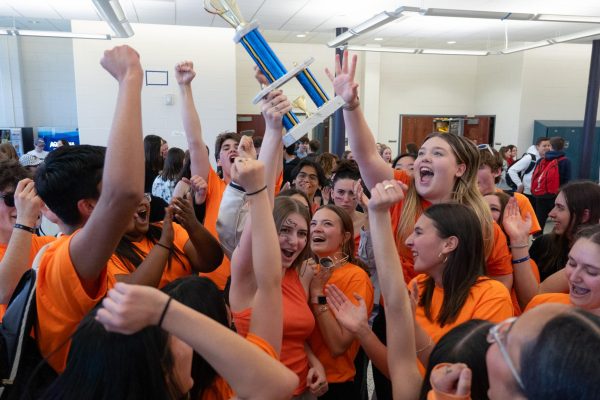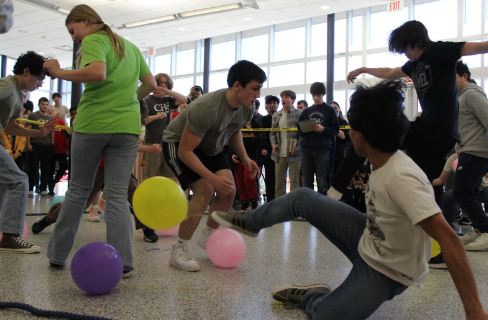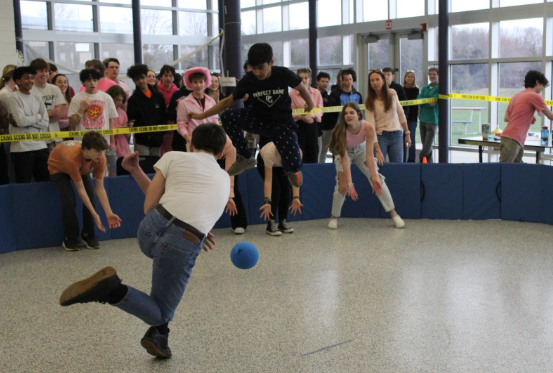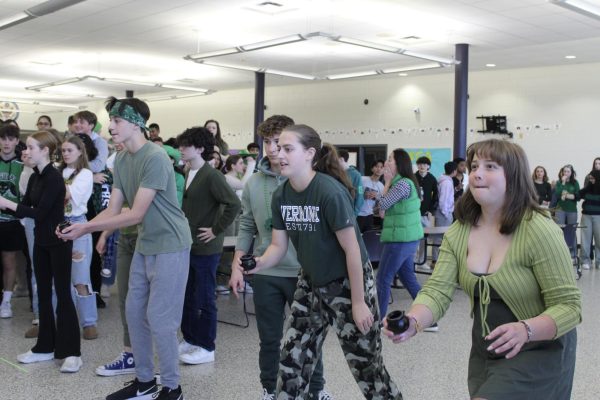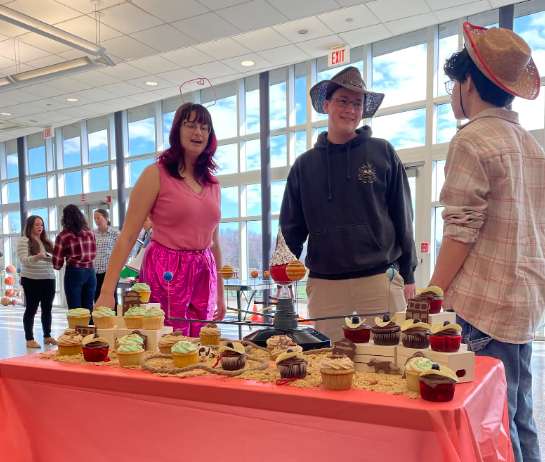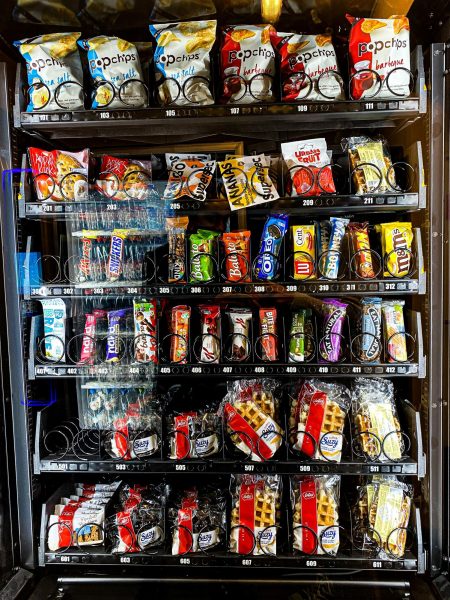Classroom participation affected by size of classes
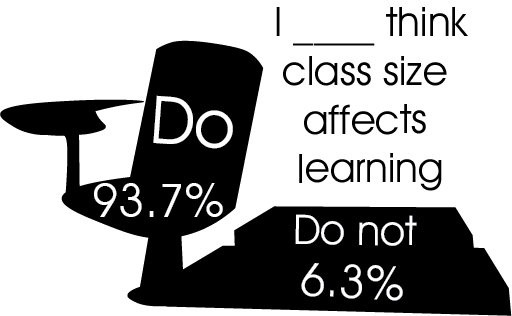
A survey of 63 students from Jan. 2 to Jan. 8.
January 17, 2020
Math teacher Justine Lane walks into her room at 7 A.M. and pours a cup of coffee. She prepares for “Coffee and Calculus,” a daily extra help program she runs for her classes.
Lane teaches two sessions of AP Calculus this year. The class rotates on an A-B schedule, meaning students take the class every other day. The two classes have 16 and 15 students, respectively.
In February, the two classes will combine, a setting in which Lane sees both advantages and disadvantages.
“The kids take it very seriously,” Lane said, “I think the only drawback was I couldn’t always answer every single question.”
Despite this, Lane encourages students to continue working outside of the classroom.
“I offer coffee and calculus at 7 o’clock every morning and every lunch I’m here for extra help,” Lane said. “And I’m happy to stay after school if somebody lets me know they need me to stay.”
Last year, Lane had to teach over 40 students in one class. She believes that having 31 students this year will be much more manageable.
Senior and AP Calculus student Dane Tedder of Ocean, does not believe the current system is perfect.
“Having breaks in the schedule mostly seems to be an interruption in the collective thought process of each class, slightly disorienting students and teachers alike,” Tedder said.
Radio teacher Bill Bengle coordinates the mentorship program, in which “students find outside workplaces, usually in their career interest, that agree to have the students work as an unpaid intern for four days per week over the course of eight weeks,” per the Communications High School website.
Senior Liam Jamolod of Howell believes that size is not a huge factor with how the class operates.
“We have 18 kids which isn’t small by any means, but we just have a certain chemistry that makes it fun and makes every discussion respectful and entertaining,” Jamolod said.
Senior Michael LaValva of Brielle sees more participation from students in smaller classes.
“I think people are less nervous to share opinions and are generally more outgoing when there are less people in the class,” said LaValva.
History Through Film, taught by history teacher Sharyn O’Keefe, consists of 3 students. Senior Mary Eknoian of Wall is one of these three and she feels as if there’s a challenge during discussions.
“There’s a lot more pressure to talk even when you don’t necessarily have much to say,” Eknoian said.
History through Film has gone on several trips, including the Vietnam Memorial in Holmdel and a WWII Bunker in the Highlands. Eknoian believes that having a small class can often bring its rewards.
“If we’re going on a tour or something, it’s much easier to hear the person talking, and we get to see certain things that a large group wouldn’t be able to see,” Eknoian said. “O’Keefe got us hot chocolate once from Dunkin. I’m sure she wouldn’t have done that for a class of 20.”
According to Tedder, Lane has not yet discussed combining classes. He continued to say that while separated classes has its downsides, he acknowledges the issues that could arise.
“It is a little sad to be separated from some of my other friends who I know I would really benefit from being in a learning environment [with],” Tedder said. “But I understand the scheduling conflicts that combining classes could present.”




